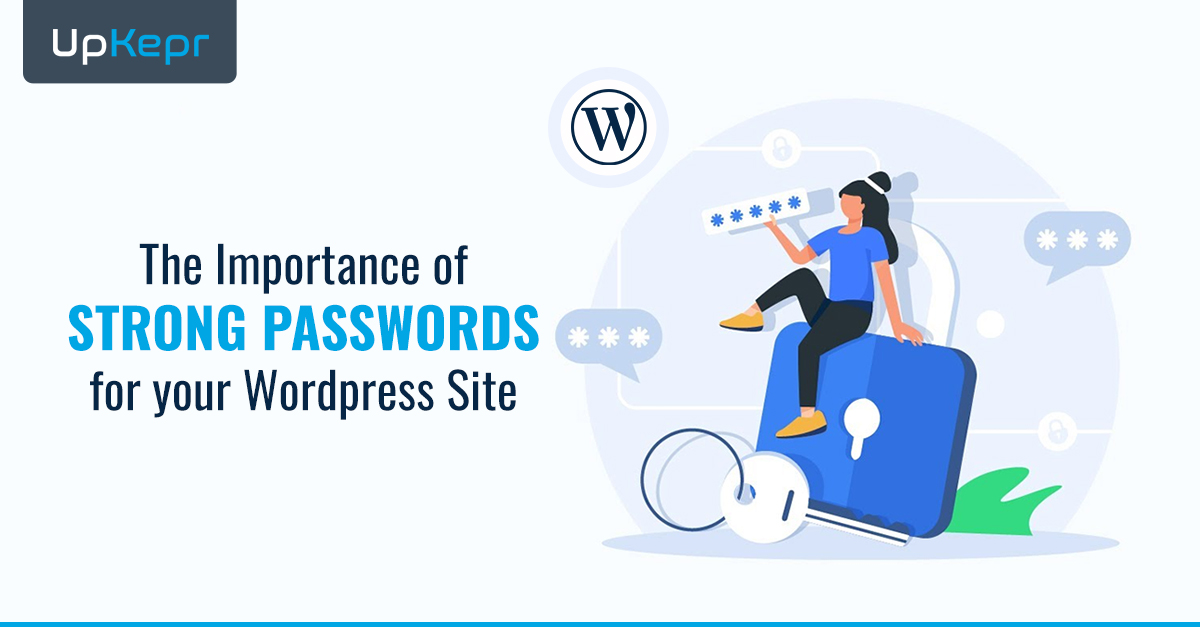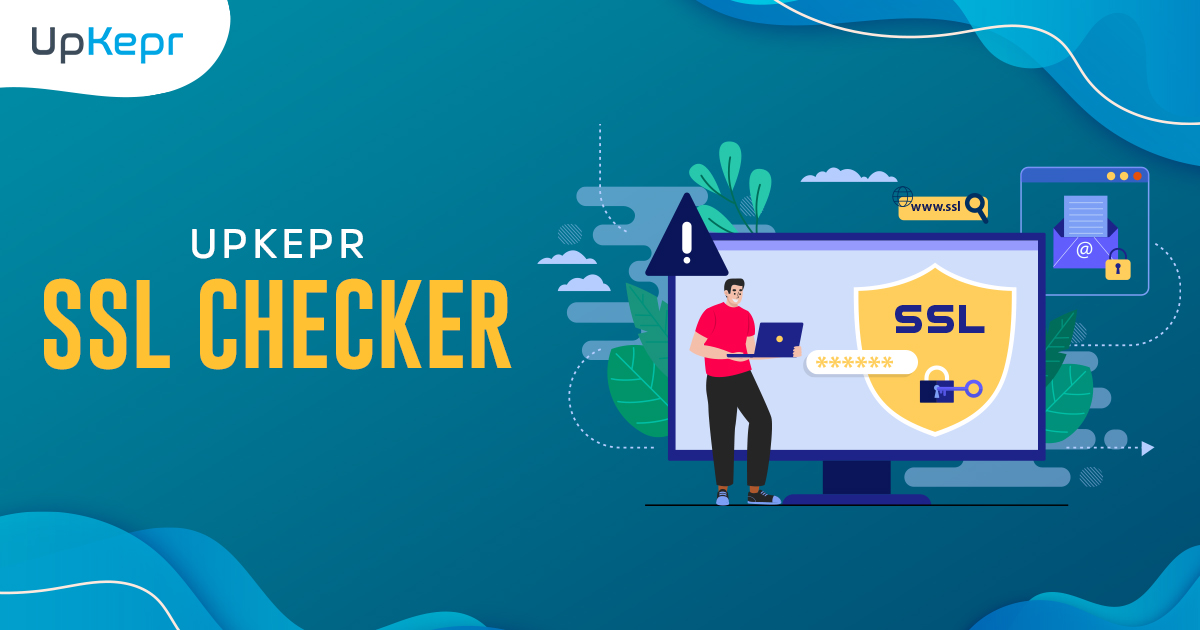
How Secure is WordPress When Developing a Website

Introduction
WordPress powers over 40% of the web, making it one of the most popular website development platforms. However, with great popularity comes increased security risks. Many website owners question whether WordPress is secure enough for their business. The truth is, WordPress can be highly secure—if configured and maintained properly.
By understanding potential vulnerabilities and implementing best security practices, you can safeguard your website from threats like hacking, malware, and data breaches. In this guide, we’ll explore WordPress security risks and how to protect your site effectively.
Why WordPress Security Matters
- Preventing Hacks and Malware Attacks
Hackers target WordPress sites to steal data, inject malicious code, or disrupt operations. A compromised website can lead to loss of sensitive information and damage to your business reputation. Implementing proper security measures can reduce vulnerabilities and protect against cyber threats. - Ensuring User Trust
A secure website builds trust with visitors. Users are more likely to engage with a site that ensures their data is safe. Features like SSL encryption and regular security updates contribute to a secure user experience, increasing credibility and conversions. - Improving SEO and Website Performance
Search engines prioritize secure websites in rankings. If your WordPress site is compromised, it can be blacklisted by Google, leading to a significant drop in traffic. Security measures such as SSL certificates and malware scans help maintain strong search visibility.
How to Secure Your WordPress Website
Step 1: Use a Secure Hosting Provider
Your hosting provider plays a crucial role in your site’s security. Choose a reputable provider that offers built-in security features like firewalls, malware scanning, and automated backups.
Key Features to Look For:
- Daily backups and restore options
- DDoS protection to prevent attacks
- SSL certificate for data encryption
- Secure file and database access controls
Step 2: Keep WordPress Core, Themes, and Plugins Updated
Outdated software is one of the biggest security risks. Regularly updating WordPress core, themes, and plugins ensures your site is protected against known vulnerabilities.
Best Practices for Updates:
- Enable automatic updates for WordPress core
- Regularly check and update installed themes and plugins
- Remove unused or outdated plugins to reduce risks
Scan Your Website With UpKepr Now
Step 3: Strengthen Login Security
Brute-force attacks target weak passwords and default login pages. Strengthening authentication measures can prevent unauthorized access.
Ways to Enhance Login Security:
- Use strong, unique passwords
- Enable two-factor authentication (2FA)
- Change the default login URL (e.g., from /wp-admin to a custom path)
- Limit login attempts to prevent automated attacks
Step 4: Install a WordPress Security Plugin
Security plugins provide an extra layer of protection by scanning for vulnerabilities, blocking malicious activity, and monitoring threats.
Recommended Security Plugins:
- Wordfence: Offers firewall protection and malware scanning
- Sucuri Security: Provides website monitoring and security hardening
- iThemes Security: Detects vulnerabilities and enforces strong security policies
Step 5: Enable SSL Encryption
SSL (Secure Sockets Layer) encryption protects data transmission between users and your website. Search engines prioritize SSL-enabled sites, making it essential for security and SEO.
How to Implement SSL:
- Get a free SSL certificate from Let’s Encrypt
- Install and configure SSL through your hosting provider
- Use the Really Simple SSL plugin to enforce HTTPS
Step 6: Regularly Back Up Your Website
Backups ensure you can quickly restore your site in case of an attack or data loss. Choose a reliable backup solution that automatically saves copies of your website.
Backup Recommendations:
- Use plugins like UpdraftPlus or BackupBuddy for automated backups
- Store backups on secure cloud storage (Google Drive, Dropbox)
- Schedule regular backups to minimize data loss risks
Step 7: Monitor Website Activity and File Integrity
Monitoring tools help detect unauthorized changes and potential security threats before they cause significant damage.
Effective Monitoring Tools:
- WP Activity Log: Tracks user activity and security changes
- Sucuri Scanner: Identifies malware and security breaches
- Wordfence: Provides real-time threat detection
Top Free Tools to Enhance WordPress Security
Several free tools can help you protect your WordPress site. Here are some top recommendations:
- Google Search Console – Monitors site security issues and search performance
- Sucuri SiteCheck – Scans for malware and security vulnerabilities
- Wordfence Security Scanner – Provides firewall and malware protection
- iThemes Security – Offers brute-force protection and security enhancements
Fixing Common WordPress Security Issues
Once you’ve identified vulnerabilities, the next step is to fix them. Here’s how:
- Remove Unused Themes & Plugins: Unused extensions can be security risks.
- Restrict File Permissions: Limit access to sensitive files like wp-config.php.
- Enable Automatic Updates: Keep software up-to-date for better security.
- Use a Web Application Firewall (WAF): Blocks malicious traffic before it reaches your site.
- Scan for Malware: Regularly check for hidden threats with security plugins.
Conclusion
WordPress security is a crucial aspect of website development. While the platform itself is secure, vulnerabilities arise from poor maintenance and lack of protective measures. By choosing a secure hosting provider, keeping software updated, enforcing strong login security, and using security plugins, you can safeguard your website against cyber threats. Regular backups, SSL encryption, and active monitoring further enhance protection, ensuring your WordPress site remains secure and trustworthy.
A well-secured WordPress site not only prevents hacking attempts but also boosts user confidence and search engine rankings. Take action today to ensure your website is safe, resilient, and ready to grow! Use UpKepr WordPress Vulnerability Scanner to detect and fix security issues before they become a threat. Stay protected with real-time monitoring and automated alerts!



























































































 Sign Up with Google – Free
Sign Up with Google – Free Sign Up with Github – Free
Sign Up with Github – Free